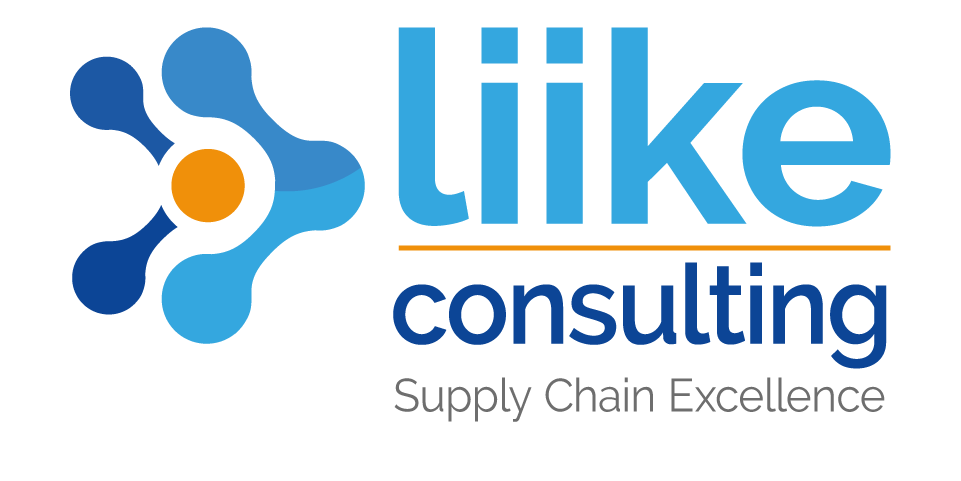New paradigms or readjustments? Current Supply Chain pillars
- September 12, 2022
- Posted by: admin
- Category: Logistics

New paradigms or readjustments? Current supply chain pillars
La crisis sanitaria, generada por la pandemia de coronavirus, ha golpeado a la cadena de suministro global fuertemente. Los cambios han sido bruscos, pero más allá de los efectos de esta situación en términos reactivos, el gran cambio radica en la mentalidad de las empresas y en su mirada hacia el área de supply chain como factor determinante.
Para conocer cómo esta situación ha remecido a la industria, Javier Bravo CEO de Liike analiza los principales aspectos que han surgido de este momento histórico y disruptivo a nivel mundial y también ahonda en los pilares que se han establecido en esta nueva realidad operacional.
Para Javier, las áreas de supply chain comenzaron a tomar un rol estratégico y táctico, que antes no tenían, por “la sencilla razón que la irrupción de la cadena pegó directamente en la línea de negocio, obligando a la rápida respuesta y a la flexibilidad para adaptarse a las nuevas variables del negocio”.
En este sentido, el ejecutivo de Liike profundiza en las características de esta nueva mirada de la industria, la cual está marcada -según el Bravo- “por la transformación digital y los canales electrónicos que son una realidad de la cual ya no se pueden restar y, además, hay que hacerlo de forma rápida y eficiente. La tecnología pasó a ser un elemento diferenciador y necesario para las empresas, se perdió el temor a invertir en ellas y se palparon los beneficios asociados para alcanzar mayor flexibilidad, rapidez y eficiencia operativa. Finalmente, la industria ha vivido momentos duros con el abastecimiento de pocas fuentes proveedoras que concentraron un cuello de botella importante, la incertidumbre se puede mantener por un tiempo, obligando a sofisticar la gestión de compra con nuevas herramientas o fuentes de alternativas”.
IN SEARCH OF VALUE
The upheaval generated by the pandemic in supply chains has become an opportunity for companies. The need to adjust their operations has opened the scenario to add new actions that add value to their operations and finally reinforce the level of service that is, without a doubt, the best letter of introduction.
According to Javier, the challenge is to find the necessary tools and designs to respond to the new challenges and to “the perfect storm” that has formed with “the cuts in supply sources, high transportation costs, lack of manpower and extension of delivery times”.
“The bar has been raised and raised high, and those who modernize their logistics will be able to stay in the boat,” stresses Liike CEO
“La vara subió y mucho, y aquellos que modernicen su logística podrán mantenerse en el barco”, recalca el CEO de Liike
WHERE IS THE ATTENTION
Where should the concern be to transform the supply chain and provide answers to what is expected in the coming years? Integration, connection, technology, digitalization, optimization are words that speak of the new times.
“The operational contingency passed, companies adapted and in the best possible way. Now they are thinking about how to move up several rungs and reach a higher standard of operation with the help of technology. However, concerns will continue for a long time to stabilize the supply sources. There is still a long way to go for there to be a pre-pandemic stability and it is here where there is a great opportunity to incorporate Forecasting and S&OP tools to minimize the impact”, says Javier Bravo.
Likewise, the Liike executive refers to the pillars that today support Supply Chain: “Reliable, flexible and very efficient logistic processes; processes with applied technologies that minimize the dependence of factors and contingencies”.
The second pillar for Javier implies generating “modern and simple lean supply processes with high visibility that allows knowing the status from origin to destination to face, proactively, breaks in the chain, supported with statistical technology that allows optimizing the scope of inventories according to the uncertainties that may occur”.
Finally, Liike’s CEO refers to the third pillar, where executive leadership comes into play. “We see Supply Chain leaders sitting at the decision-making table, generating strategies that will differentiate and make their companies more competitive. There is an understanding of its strategic importance in the company’s value proposition and that business decisions will be tied and correlated with the operational decisions made by the company.”
Being able to make an analysis of the state of the global supply chain in times of uncertainty is tremendously complex. Bringing that analysis to the Chilean or Latin American reality is even more difficult and requires a global view, an understanding of the situations, a correct reading and a clear view of the future.
With industries more complicated than others, the digitalization of processes, technology, chain integration, communication with suppliers, reading the challenges and operational flexibility are just some of the qualities that are and will become valuable in the Supply Chain of the present and also of the future.
